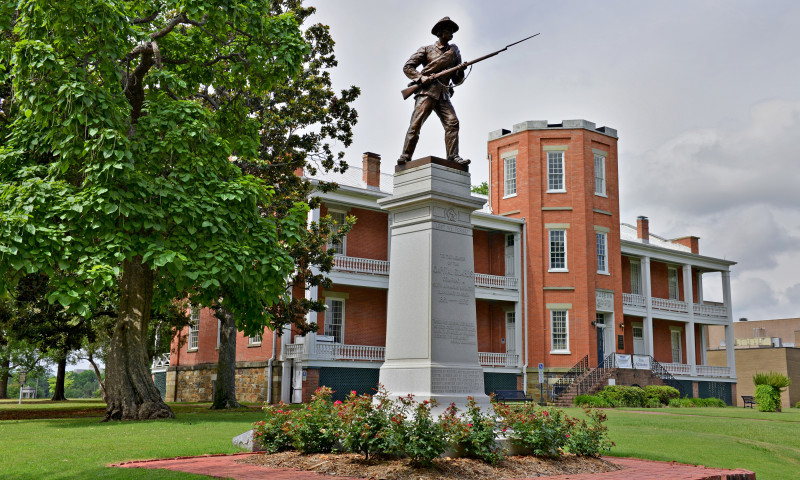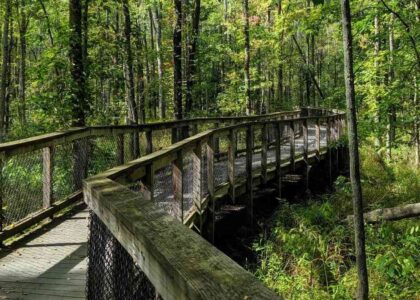Welcome to the MacArthur Museum of Arkansas Military History, situated in the heart of Little Rock, Arkansas. This historic site, located in the Tower Building of the Little Rock Arsenal, has witnessed pivotal moments of American history. Established in this significant building, the museum serves as a repository of Arkansas’s military past, offering visitors a journey through time.
The Tower Building, with its distinctive octagonal tower, is the last remaining structure of the original U.S. military installation in Little Rock. It was constructed in 1840, making it one of the oldest buildings in central Arkansas. This site gained national significance as the birthplace of General Douglas MacArthur on January 26, 1880. MacArthur, a key figure in World War II and the Korean War, was born here while his father, Captain Arthur MacArthur, was stationed at the arsenal.
During the Civil War, the Little Rock Arsenal was a focal point of conflict. In February 1861, even before Arkansas had seceded from the Union, local citizens seized control of the arsenal. It remained under Confederate control until Union forces reclaimed it in September 1863, a strategic victory that helped the Union maintain control over the Mississippi River.
Over the years, the building transitioned from a military arsenal to a public park and finally into the museum it is today, opening its doors to the public on May 19, 2001. The museum is dedicated to preserving and interpreting the military heritage of Arkansas and the contributions of its citizens in various conflicts.
Visitors can explore exhibits featuring artifacts, photographs, weapons, and personal stories from Arkansas veterans. The museum holds the James Allison Collection, an extensive archive of World War II photographs, showcasing the human side of war through thousands of images.
The MacArthur Museum of Arkansas Military History is more than a collection of artifacts; it is a place where stories of bravery, resilience, and sacrifice come to life. As you walk through its halls, consider the impact of the events that transpired here and the people connected to this historic site.




